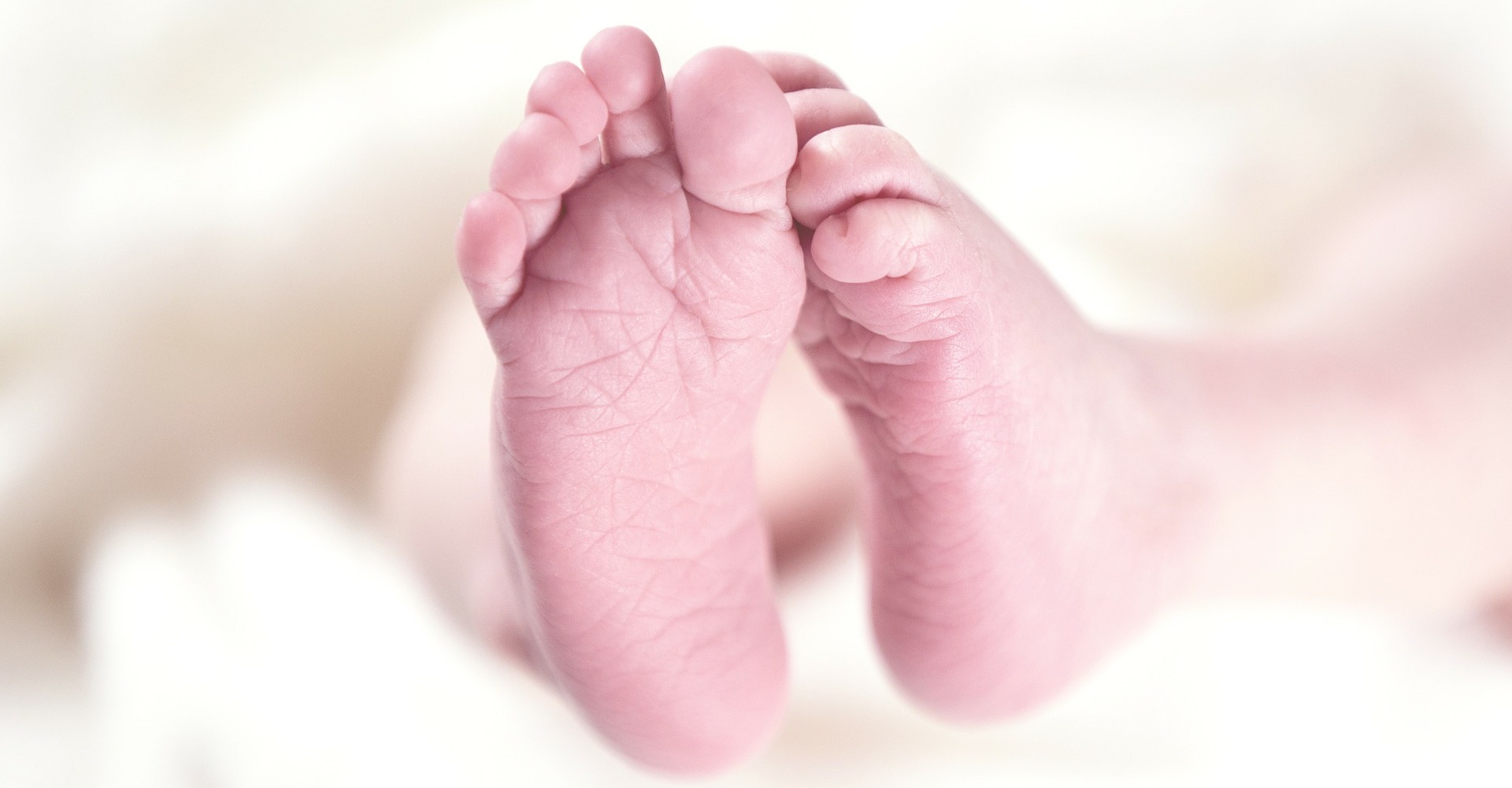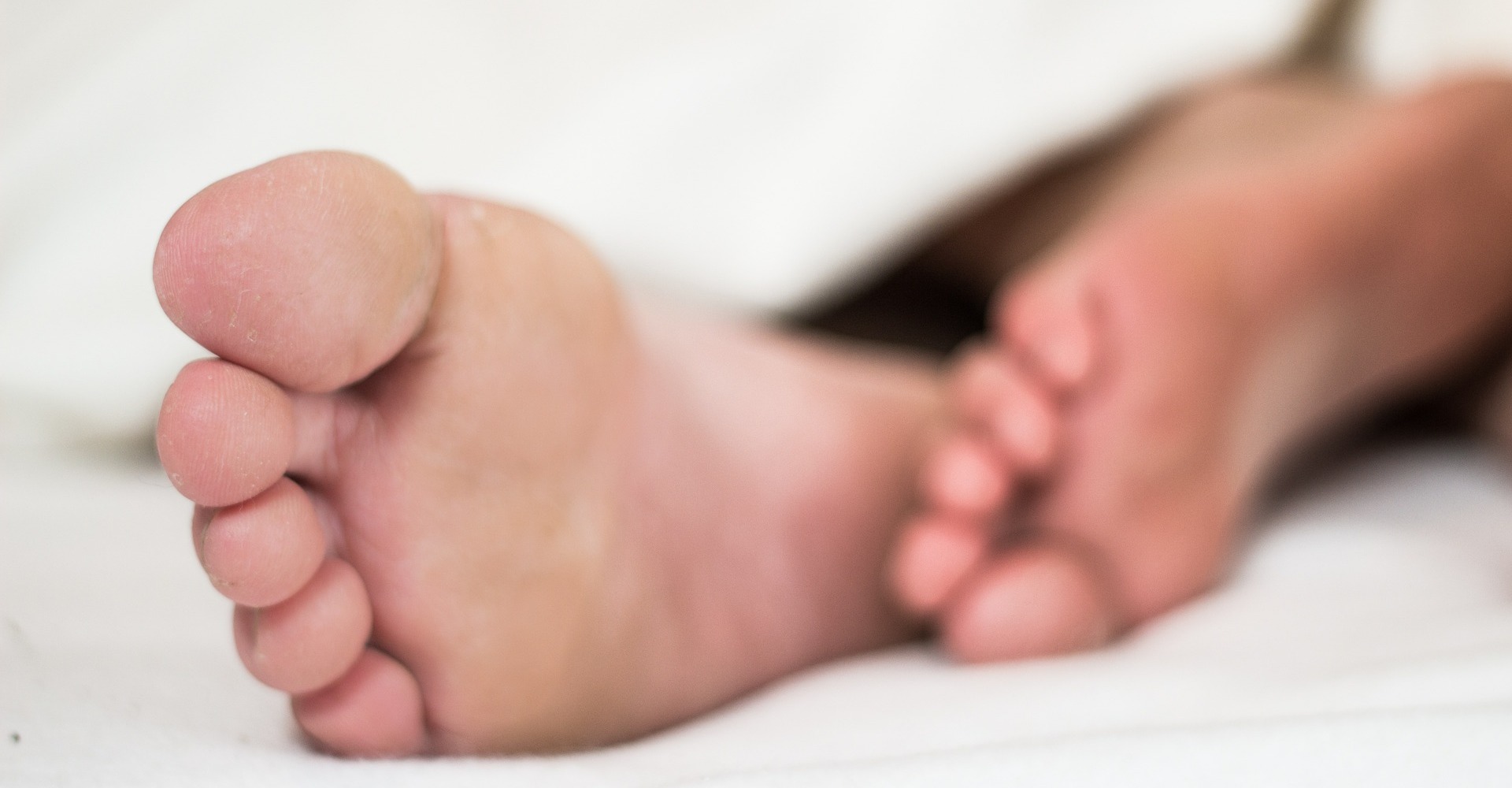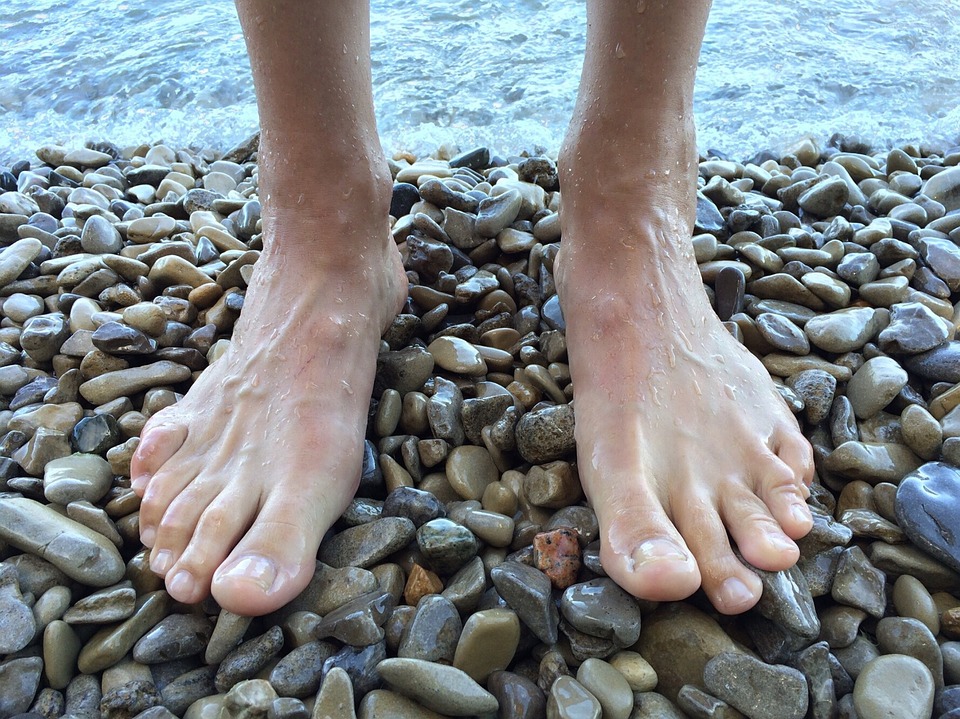
Solutions For Flat Feet
People with flat feet suffer a unique problem. While most people with the condition live normal and productive lives, it is often difficult for a person to play sports or live a pain-free life. While it is difficult to live with the condition, there are a few options for the over pronator who wants to improve his or her life. Some options are painful and expensive while other options are free, though when looking to improve the condition; one must realize that every option will take time.
Of course, before getting started, one must verify that they have flat feet by taking the wet-foot test. This test is easy; a person would put their foot in water, and then put their foot onto a piece of paper. When looking at the outline, a flat-footed person will see their whole foot outline on the piece of paper. Of course, when a person is not sure if they have the condition they should see a podiatrist to verify the condition.
Once a person verifies that they over-pronate, they can decide what they want to do about the problem. Of course, some people may do nothing and live with the pain. Living with the pain can be an option, though most people should try a few methods before giving up altogether.
There are plenty of exercises to improve the condition. One of the easiest exercises is to sit on a chair and pick up a piece of crumpled up paper. When one can do this a few times a day, he or she can help rebuild some of the arch in the feet. This option is a good start as it will not cost anything. When using this exercise, one must be patient as it can take up to six months to start seeing results.




